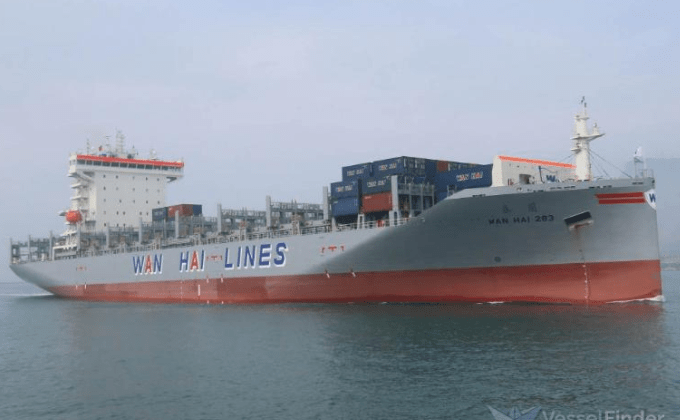
Wan Hai could replace Hapag-Lloyd in THE Alliance: Yang Ming ex-boss
SINGAPORE : Yang Ming Marine Transport’s Ex-Chairman Bronson Hsieh suggested to Taiwanese media that Wan Hai Lines could be a suitable substitute for Hapag-Lloyd in THE Alliance.
Wan Hai, which operates solo Transpacific routes, had ambitions of launching Asia-Europe services. Wan Hai also has begun taking delivery of eighteen 13,000 TEU ships that were ordered during the Covid-19 pandemic.
On 17 January, Hapag-Lloyd, which with over 1.9 million TEU of capacity, is THE Alliance’s largest member, announced it will leave the alliance to form Gemini Cooperation with Maersk Line in 2025.
Hsieh, like others, believes this could trigger a restructuring of existing alliances, as Maersk Line and Mediterranean Shipping Company are splitting their 2M alliance.
With over 592,000 TEU of capacity, including about 112,000 TEU on order, Wan Hai is the 11th largest operator in the world.
Hsieh said, “If Wan Hai relaunches its ambitions of starting services to Europe, it could be invited to join THE Alliance.”
On the other hand, Hsieh opined that the 10th largest ZIM Line, being an Israeli company, is unlikely to be accepted into any alliance, given the current Red Sea crisis. Iran-backed Houthi rebels have attacked Israel-bound or Israeli-owned ships.
THE Alliance’s cooperation agreement is valid till 2030 and Hapag-Lloyd’s departure will leave Ocean Network Express (ONE) as its largest member. Whether THE Alliance continues, it could depend on ONE.
Primarily an intra-Asia carrier, Wan Hai restarted its Transpacific services when freight rates peaked during the pandemic. However, since the market began correcting in mid-2022, the Taiwanese company’s earnings have weakened.
Market observers think that Wan Hai could improve its profitability by joining an alliance.
She said, “Wan Hai doesn’t rule out various ways to improve the efficiency of slot utilisation, and alliances are only one of the possible options. At present, Wan Hai also has different partners on certain routes to increase its network through joint services or slot swaps.”
